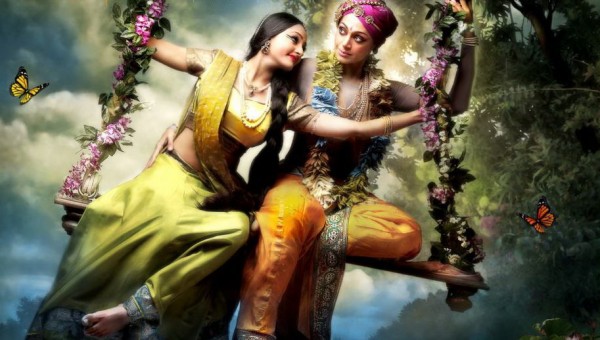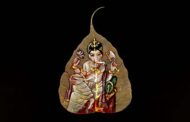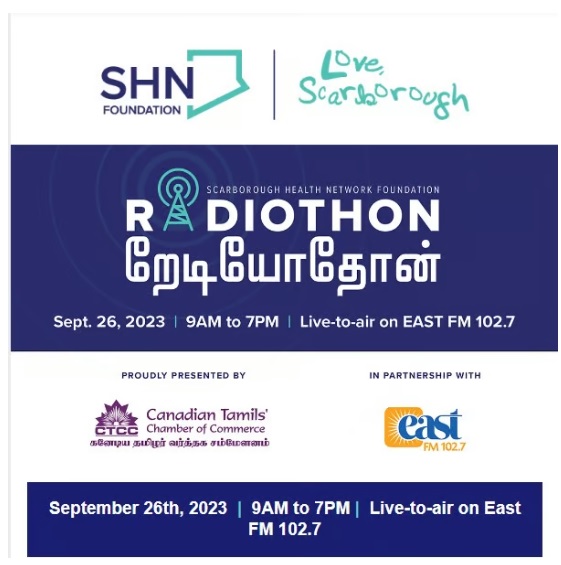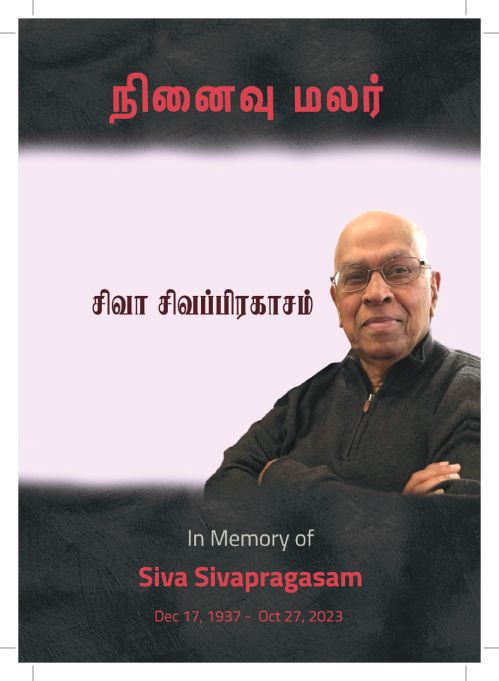By Rajini Nathan | London, UK
Amongst a sea of audience sat in anticipation at the Watford Colloseum, the stage opened with the disciples of acclaimed dancer and actress Padmashree Shobana to set the scene of the theme that is Krishna. It did not follow an exact storyline, however, the story and history of Krishna was brought to life in the most unique fashion never before seen on London stages.

The aesthetics of the script stayed true to the emotions and themes that encompasses the philosophy that is Krishna. Each scene depicted the various genres that Krishna embodies and each scene was true to its element. The dialogues were in English, interspersed with remarks in various regional Indian languages making it easy for even unfamiliar members of the audience to follow.
The added touch of humour in the script also made it very appealing, as some age old scenes were portrayed with an alternative rasa and which gave each story a fresh and unique colouring. At some points, the dialogues (which were not performed live) were performed with very strong accents, which took some getting used to. The attempts at singing classical Indian music in English was executed to near perfection to the utmost joy of classical music fans such as myself.
The dancers, including Shobana???s own little daughter Narayani, were all on par with the excellent standards set out by their Guru, however, the grace and presence that Shobana holds is truly captivating. It shows the dedication and excellence of the other characters that they were able to pry our eyes away from Shobana’s rendition of Krishna which was without doubt mesmerizing.
Performing in London was the second leg of their tour having successfully performed Krishna all over the USA. The familiarity that such rehearse provides was evident in the clear confidence and ownership of the stage by the entire cast. Each bhavam was executed with complete passion and even the most simple of dialogues were dressed with the use of age old hasta’s to enhance their meaning.
The elegant and enticing costumes definitely added beauty to the story and the simple background screens and props made it easier to focus more on the characters on stage. Each part of the story was intertwined with music that befitted the synchronal scene perfectly. The dance rasa’s performed were truly magical in their choreography. An absolute tribute to Shobana for the dedication she has shown to the detail of perfectly marrying each step with their accompanying beats. The taalams ranged from carnatic music to hindustani and probably had a touch of influence from other music forms as well. The song selection was also spectacular as particular consideration had been given to incorporate music from various regional Indian languages and my heart rose with joy at hearing the brief notes of ‘Nila Kaaygirathu’ playing. A special mention must be made to the choreography of the song ‘Radha Kaise na Jhale’ by Actor, Director and Dance Choreographer Prabhu Deva. The song sequence was so beautifully intertwined with the music that it appeared as if they were both a match made in dance heaven.

Rajini Nathan
As a Bharathanatyamist, I was still left wanting to see a pure Bharathanatyam jathi based adavu koarvai which I thought would have completed the dance facet of the performance. As a dance rasiga, it was easy to see how the dance aspect of the night was designed to fit both the story and the rasa being portrayed and in order to prioritize this, traditional barriers of certain frameworks of dance types, such as Bharathanatyam and Kathak, were stretched to swathe the performances in a more universal, identifiable and more lateral dance style. Compromises were not made in technique or level of ease, but the choreography took into account those members of the audience who perhaps would not enjoy the austerity that sometimes accompanies traditional cultural dance methods.
All in all, the performance provided an open, elegant and beautiful portrayal of the assortment of guises that Krishna embodied gathered from various historical and religious sources and presented them in a most fun, humorous and heartfelt fashion. There is often a lot of confusion, debate and discussion as to who Krishna was and how he fitted into so many kathaapaathiram???s. Each stage of the portrayal of his life, as a child, a lover, a rescuer, a messenger, a negotiator and a teacher was portrayed with such contagious passion that the audience savoured every movement till the very end of each scene. On this stage Krishna was thrown bare for all to see and understand. His mortal life was lived and his divine energy was released for all to delight in.













